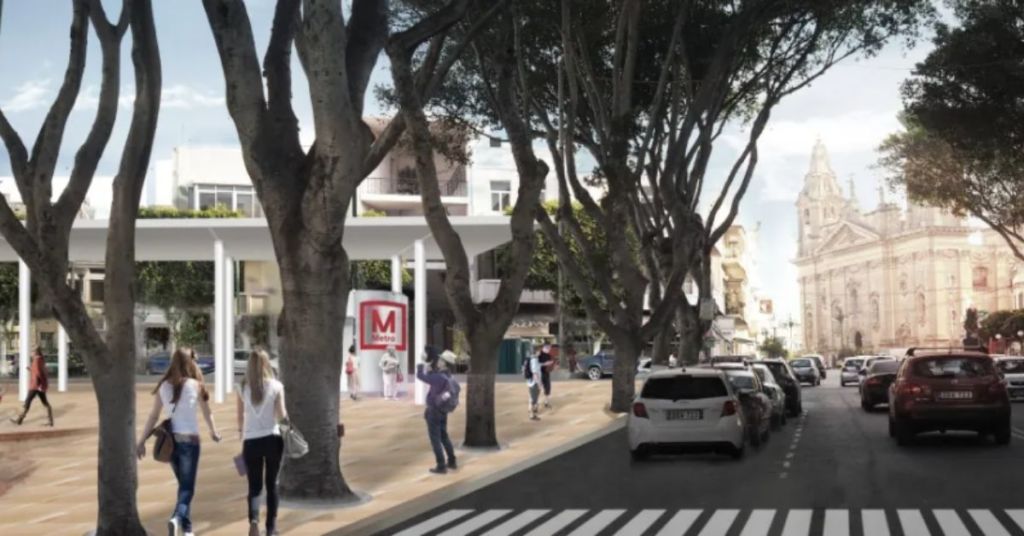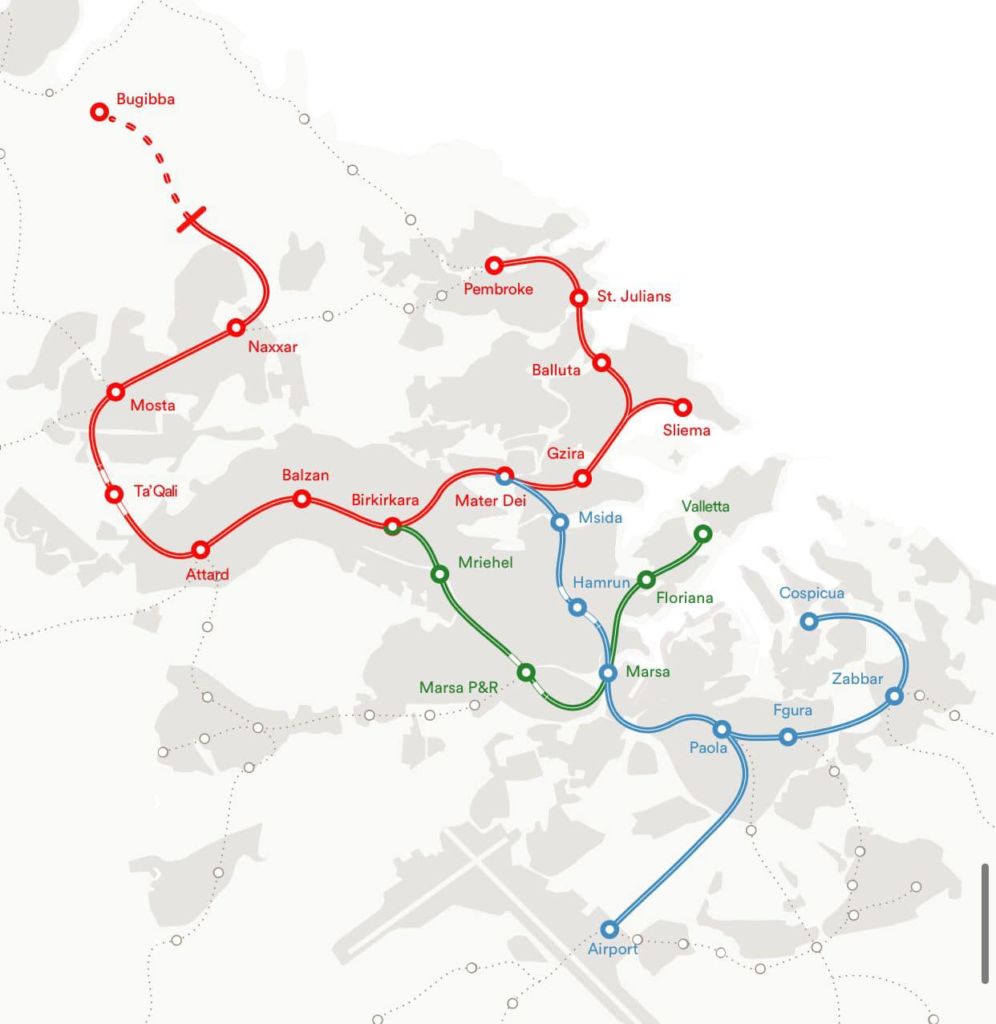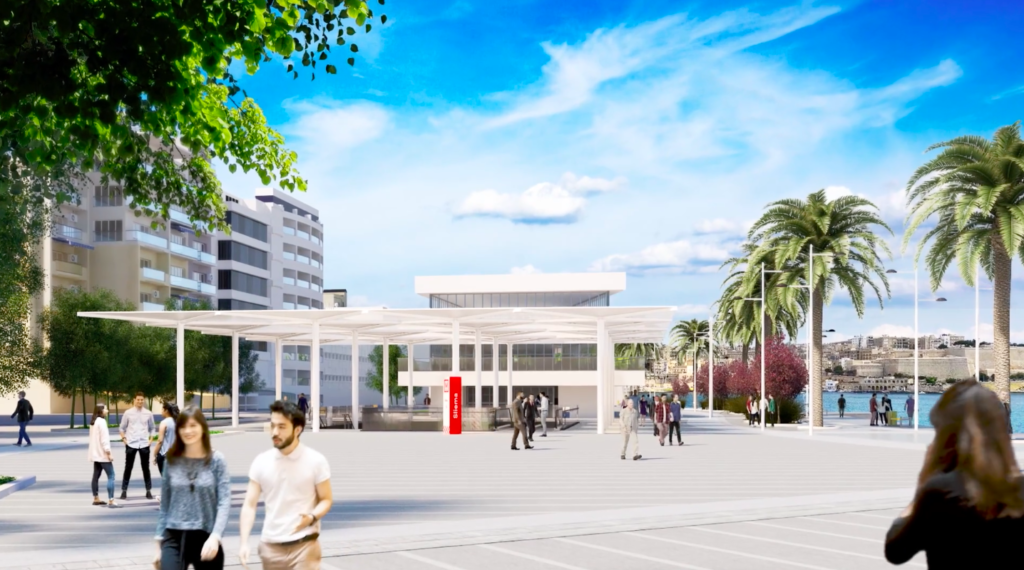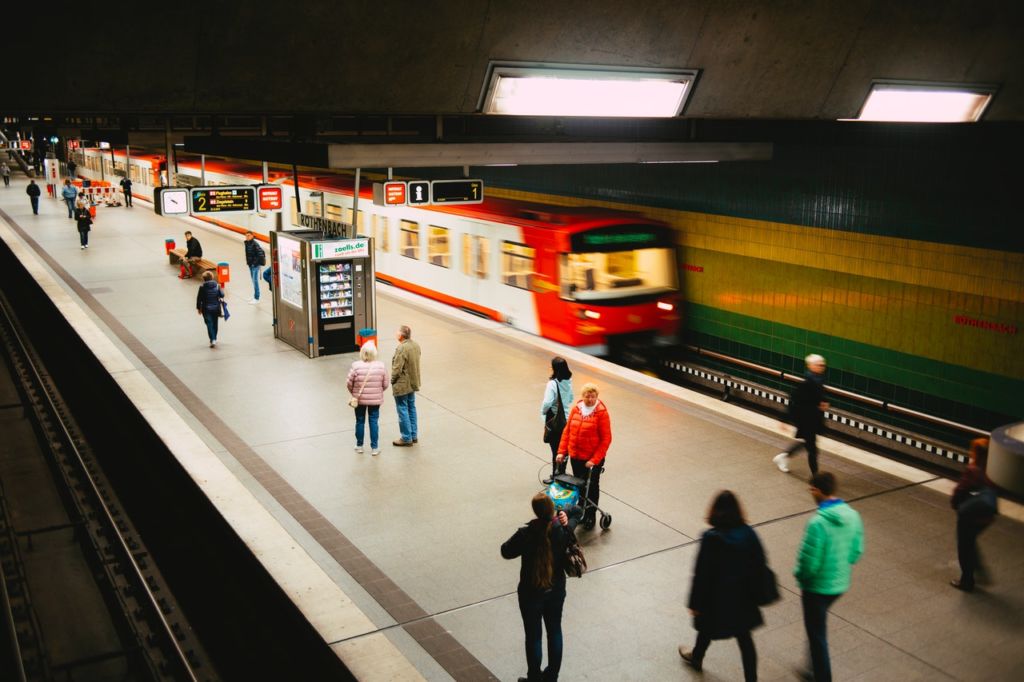Twenty Years Of Constant Digging: Is The Malta Metro Really Worth It?

After travelling on several metros overseas, my verdict is clear: I love zooming from one end of a city to another at ease without having to worry about traffic jams or parking.
And like many other Maltese people, whenever I try out a foreign metro, the thought of a future Malta metro always pops into my head.
After all, if London, Vienna, Athens and Rome can do it, why can’t Malta? Isn’t an efficient underground system the most glaringly obvious solution to the country’s notorious transport problems?
Now, the Maltese government has finally bit the bullet and commissioned plans from one of the world’s leading engineering firms.
Eye-catching renders of metro stations in town centres have been published, government and opposition politicians have both been waxing lyrical about the project, and the metro is slowly starting to seem less like a pipe dream and more like something that could actually happen.
But that doesn’t necessarily mean it should.

When Prime Minister Robert Abela first announced that the metro plans were going to be published for public consultation, he said people must decide whether they are truly ready for the “inconveniences” while the metro is under construction.
That is a huge understatement, for if the government is to go ahead with the metro, it will be nothing less than the largest national project Malta has ever seen.
Tunnels will have to be dug across the most urbanised areas of the country and, for the metro to serve its purpose, stations will have to be built smack bang in the centre of busy towns.
Since there is a lack of barren open spaces that can serve as obvious station sites and since the government can’t just destroy private homes, this means open public spaces must be temporarily or permanently destroyed.
In fact, Chamber of Planners president Bjorn Bonello and climate change lecturer Maria Attard have already warned that the metro will ruin public gardens in Naxxar, Mosta, Fgura, Żabbar and Birkirkara, while the excavation could threaten historical landmarks such as the Mosta Rotunda and the Balluta Buildings.
If the proposed berthing of yachts in Marsaskala Bay and the destruction of trees for the Central Link project drew so much criticism, can you imagine the controversy that will erupt when diggers turn up right in front of people’s homes around the island to destroy their community areas?

A render of the proposed metro station in Valletta
Then of course there will be all the huge inconveniences that construction brings about – noise waking you up in the morning, dust, road closures, parking and accessibility problems, an ugly view from your window, businesses caught in the middle and losing clientele, and everything else.
All the construction-related problems brought about by the road upgrades and resurfacing of recent years will be a mere taste of what the metro will bring about.
Of course, all other construction works won’t just halt while the metro is being built either, which means thousands of residents will often find themselves caught between a double or triple whammy.
It won’t be pleasant and it will last for an extremely long time.
The government estimates the metro will take up to 20 years to build, which is no joke at all. To put it into perspective, 20 years ago, the Twin Towers had just fallen, Malta hadn’t joined the EU and Facebook didn’t even exist.

But 20 years is just from the start of construction. More studies will probably have to be commissioned and around €6.2 billion (that’s the estimated market value of Manchester City, PSG, Manchester United, Chelsea FC, Liverpool FC, Bayern Munich and Real Madrid combined) in funds will have to be sourced. EOIs, tenders and planning permits will have to be issued, and legal challenges will probably have to be overcome.
Look at the proposed Malta-Gozo car tunnel. The government had promised it in its 2017 election manifesto, but four years on and we still only have a preferred bidder whose selection is being challenged in court by competitors.
There is no reason to assume the metro won’t follow a similar, if not lengthier, pattern before construction even commences and that the entire process will actually last closer to 30 years.
And when construction does finally begin, it will most likely face further delays, be it a result of heritage found while digging, tunnel excavation threatening the water table or building foundations, or simply a change of policy by a new government.
Many of us will have to suffer the inconveniences of construction but will never get to reap the actual benefits.
Who knows whether new transportation models will emerge by that time too? Perhaps air taxis, which already have trial dates, will prove to be a revolution.
Let’s not assume that the metro will automatically result in the total phasing out of private car use either; the stations are all centrally located, which means you may still need to use your car if you live in or want to travel to the outskirts of a town.
Perhaps there is no other option and we just need to grit our teeth and view the metro’s construction as a prime example of national delayed gratification. Perhaps the decades-long construction woes will be worth the reward waiting for us at the other side of the rainbow.
But maybe, just maybe, we must understand that the cost is not worth the final benefit, that Malta should have built a metro several decades ago before the island became an urban area, and that our best option right now is to find more feasible options to counter traffic that won’t turn residents’ daily lives into a long-term nightmare.
Cover photo: A render of the proposed metro station in Naxxar
Do you think Malta should build a metro?